In any modern construction project, AC motors support everything goes well. They power critical equipment, from the pumps dewatering a site and the fans ventilating a tunnel to the conveyors moving materials and the compressors running tools. But how these motors are started and stopped has a massive impact on mechanical longevity, energy efficiency, and operational reliability.
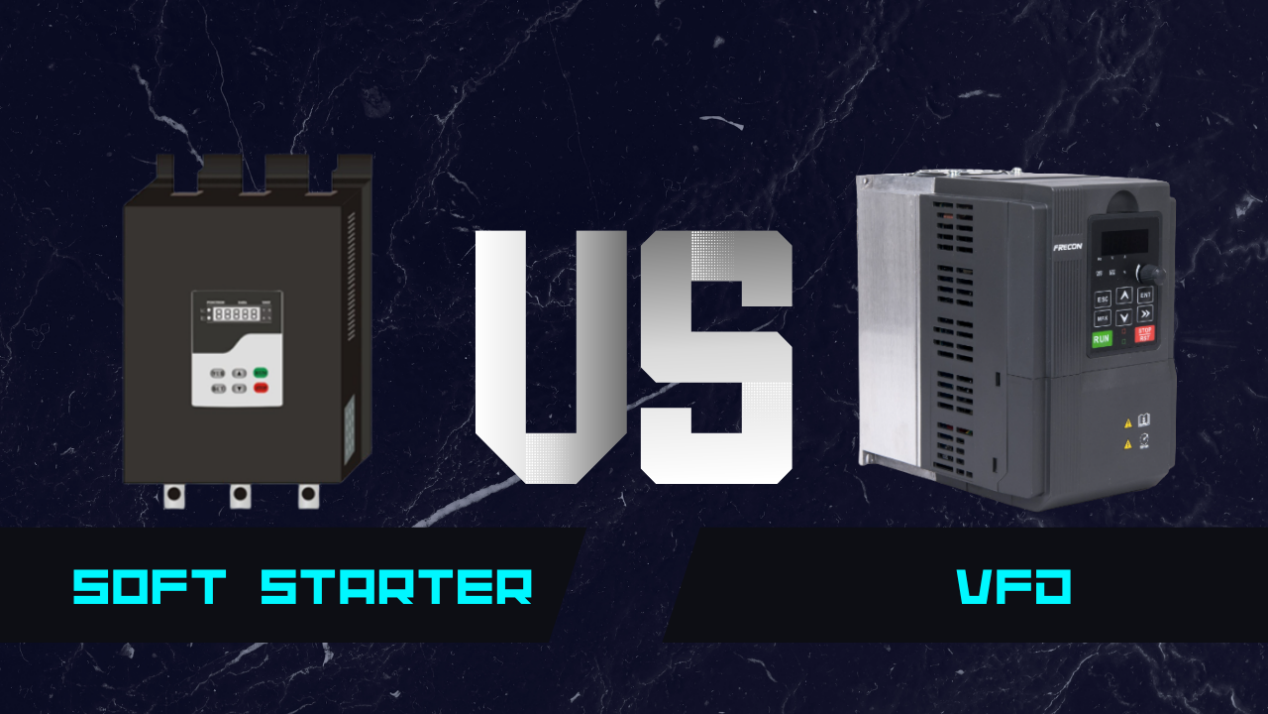
When a large AC motor starts "across the line" (connected directly to the power source), it creates two significant problems:
1. High Inrush Current: The motor draws a massive spike of electricity, often 6-8 times its normal operating current. This can strain the site's electrical grid, trip breakers, and lead to demand charges from the utility.
2. Mechanical Shock: The motor jolts from zero to full speed almost instantly. This abrupt torque puts immense stress on belts, gears, couplings, and the connected load, leading to premature wear and tear and costly breakdowns.
To solve this, engineers and project managers rely on two primary solutions: the motor soft starter and the Variable Frequency Drive (VFD). Both manage the motor's start-up, but they do it in different ways and offer very different capabilities. Which one is the right choice for your application? Let's dive in.
What is a Soft Starter and How Does It Work?
A motor soft starter, also known as an AC soft start, is a device that controls the start (and sometimes the stop) of an AC motor. Its primary job is to provide a gentle, controlled "ramp-up" to full speed, acting as a "shock absorber" for both your electrical system and your machinery.
How Does a Soft Starter Work?
So, how does a soft starter accomplish this? Unlike a basic switch that dumps full power to the motor instantly, a soft starter uses solid-state components called Silicon Controlled Rectifiers (SCRs) or thyristors.
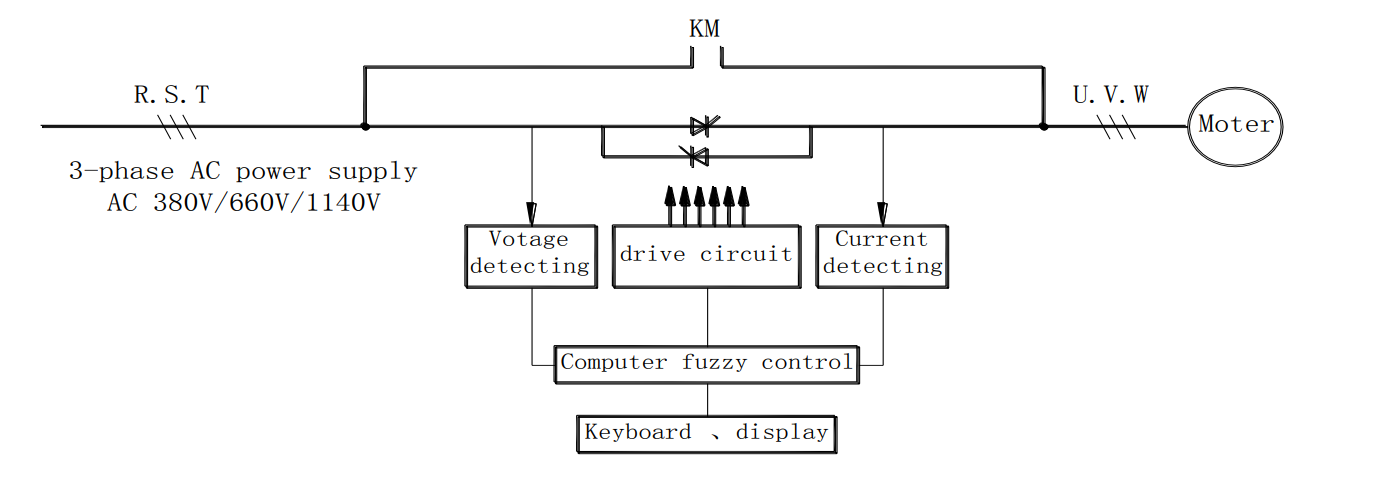
Think of these SCRs as sophisticated, fast-acting valves for electricity.
1. Initial Start: When you initiate the start sequence, the soft starter's controller tells the SCRs to open just a small amount, delivering a reduced voltage to the motor.
2. Ramping Up: Over a pre-set time (e.g., 5-10 seconds), the controller gradually opens these "valves" more and more. This slowly increases the voltage supplied to the motor.
3. Full Speed: As the voltage smoothly rises, the motor's torque and speed increase in lockstep, resulting in a smooth, jolt-free acceleration. Once the motor reaches full speed, the soft starter often bypasses its internal components (using a "bypass contactor") to run at maximum efficiency, minimizing heat and wear on the starter itself.
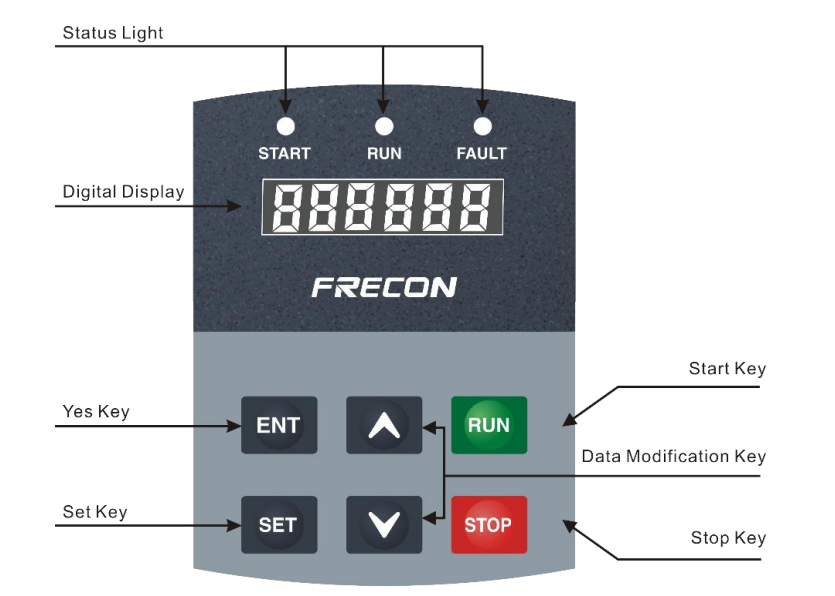
Key Benefits of Using a Soft Starter
For many fixed-speed applications in construction, a motor soft starter is the ideal solution, offering a perfect balance of protection and value.
Reduced Mechanical Stress
This is the most significant benefit. By eliminating the sudden "jerk" at start-up, you drastically reduce wear and tear on gearboxes, couplings, belts, and bearings. This translates directly to less maintenance, longer equipment life, and fewer unexpected breakdowns on the job site.
Lower Inrush Current
A soft starter effectively limits the massive electrical spike at start-up. This prevents nuisance tripping of circuit breakers, reduces strain on your power supply (especially important when running on generator power), and can help avoid steep "demand charges" from utility companies.
Simplicity & Cost-Effectiveness
Soft starters are generally more compact, simpler to install and configure, and significantly less expensive than VFDs. When all you need is a smooth start and stop, a soft starter provides targeted protection without the cost and complexity of a full-blown drive.
What is a VFD and Why is it About Total Control?
While a soft starter focuses only on the start and stop, a Variable Frequency Drive (VFD) is a sophisticated device that provides total control over the motor's speed throughout its entire operation.
How Does a VFD Work?
A VFD, also known as an AC drive or inverter, adjusts a motor's speed by changing the electrical frequency of the power supplied to it. An AC motor's speed (RPM) is directly tied to the frequency (Hz) of the power it receives. In the US, standard power is 60 Hz; in other parts of the world, it's 50 Hz.
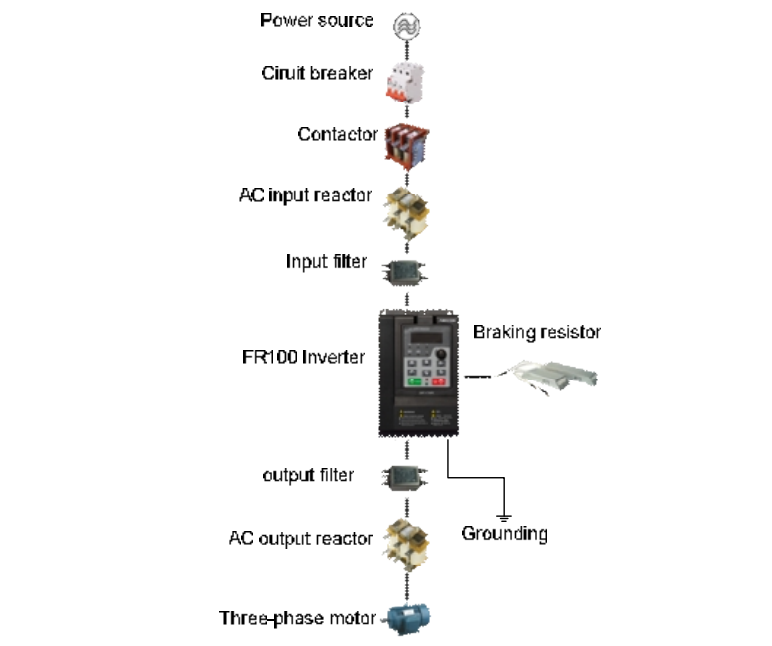
A VFD manipulates this relationship through a three-step process:
1. Rectifier (AC to DC): The drive first takes the incoming AC power from the grid and converts it into DC power.
2. DC Bus: This DC power is filtered and stored in capacitors, creating a smooth, stable DC voltage.
3. Inverter (DC to AC): The VFD's "brain" then takes this DC power and, using high-speed transistors (IGBTs), chops it up to create a new, simulated AC sine wave. It can create this wave at any frequency it wants—for example, 30 Hz to run the motor at half speed or 45 Hz to run it at 75% speed.
Key Benefits of Using a VFD
A VFD is the ultimate solution for applications where process control, efficiency, and advanced motor management are critical.
Precise Speed Control
This is the VFD's primary advantage. Instead of just "on" or "off," you can run a motor at 20%, 50%, 85%, or any speed your application demands. This is essential for adjusting fan airflow in an HVAC system, regulating pressure in a water pump, or changing the speed of a conveyor belt to match production needs.
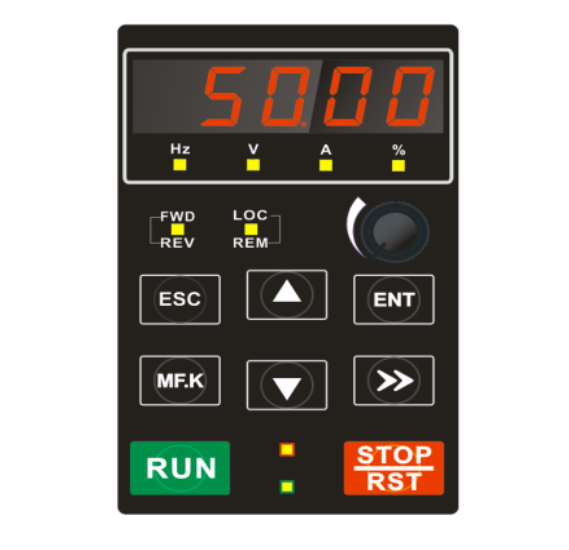
Significant Energy Savings
For centrifugal applications like fans and pumps (common in construction), the "Affinity Laws" state that power consumption is related to the cube of the speed. This means running a fan at 80% speed can reduce energy consumption by nearly 50%.
For large motors on a construction site,’ the return on investment (ROI) from energy savings alone can be rapid.
Includes Soft Start Capability
A VFD is, by its very nature, a perfect soft starter. Because it starts by creating a 0 Hz frequency and smoothly "ramps up" to the set speed, it provides the smoothest possible acceleration and deceleration.
This eliminates all mechanical shock and inrush current, while also offering advanced features like dynamic braking (stopping a load quickly) and full-range motor protection.
Soft Starter vs. VFD: How to Choose for Your Construction Application
Your decision on choosing the right tool for your job will come down to one key question: Do you need to control the motor's speed during operation, or do you just need to protect it at the start?
Choose a Soft Starter When:
1. The application requires a fixed speed. If your motor is designed to do one job at one speed (e.g., a conveyor that just needs to run at 100% or be off), a VFD's speed control is unnecessary.
2. The primary goal is limiting inrush current and mechanical shock. If your main "pain points" are tripping breakers on start-up, paying high electrical demand charges, or replacing sheared couplings and worn belts, a soft starter directly solves these problems.
3. Budget is a key constraint. For simple applications, a soft starter is a significantly smaller capital investment than a VFD. It provides the critical protection you need without the cost of advanced features you won't use.
4. Simplicity is valued. Soft starters are generally more compact and simpler to install and commission, getting your equipment running faster.
Choose a VFD When:
1. The application requires precise, variable speed control. This is the number one reason to choose a VFD. If you need to adjust flow, pressure, or speed to match changing demands, a VFD is the only option.
2. Maximum energy efficiency is a primary project goal. For variable torque loads like HVAC fans and pumps, a VFD offers massive energy savings that can provide a rapid ROI, reducing operational costs for the building's lifetime.
3. The application requires very high starting torque. VFDs can provide full torque at zero speed, making them essential for "hard-to-start" loads like loaded-down conveyors or cranes that need to hold a load steady.
4. The process involves positioning or dynamic braking. Applications like hoists, cranes, and elevators need the precise control, holding torque, and controlled deceleration (braking) that only a VFD can provide.
Common Construction Applications
Soft Starters | Variable Frequency Drives (VFDs) |
Simple water & dewatering pumps | Complex pumping systems (e.g., pressure regulation) |
Basic conveyor systems | Variable-speed conveyors (e.g., matching process flow) |
Rock crushers & grinders | Cranes and hoists (requiring positioning & braking) |
Compressors (fixed output) | HVAC fans and air handlers (for energy savings) |
Escalators & simple lifts | Elevators (requiring smooth ride & positioning) |
Making the Right Choice with FRECON
You don't have to make this decision alone. As a dedicated B2B partner in industrial automation, FRECON provides robust, reliable motor control solutions built for the demanding environment of a construction site.
Need a simple, reliable start? Our FRECON RQ100 Series Digital Soft Starters are the perfect solution. They are engineered to provide smooth acceleration and deceleration, protecting your critical machinery from mechanical stress and your electrical system from high inrush currents, extending the life of your equipment from day one.
Need total speed and process control? Explore our range of Variable Frequency Drives.
l For high-performance applications, the FRECON FR500A Series Vector Control Drive offers exceptional torque control (providing 150% starting torque at 10.5Hz), making it ideal for heavy-duty loads like crushers, hoists, and loaded conveyors.
l For applications like fans and pumps where energy savings and compact size are key, the FRECON FR150A Series provides a cost-effective, multifunctional solution.
Don't let motor-starting issues become the weak link in your project. Visit our website to explore our full range of industrial control solutions, or contact our engineering team today to design a custom automation solution that fits your exact application.





